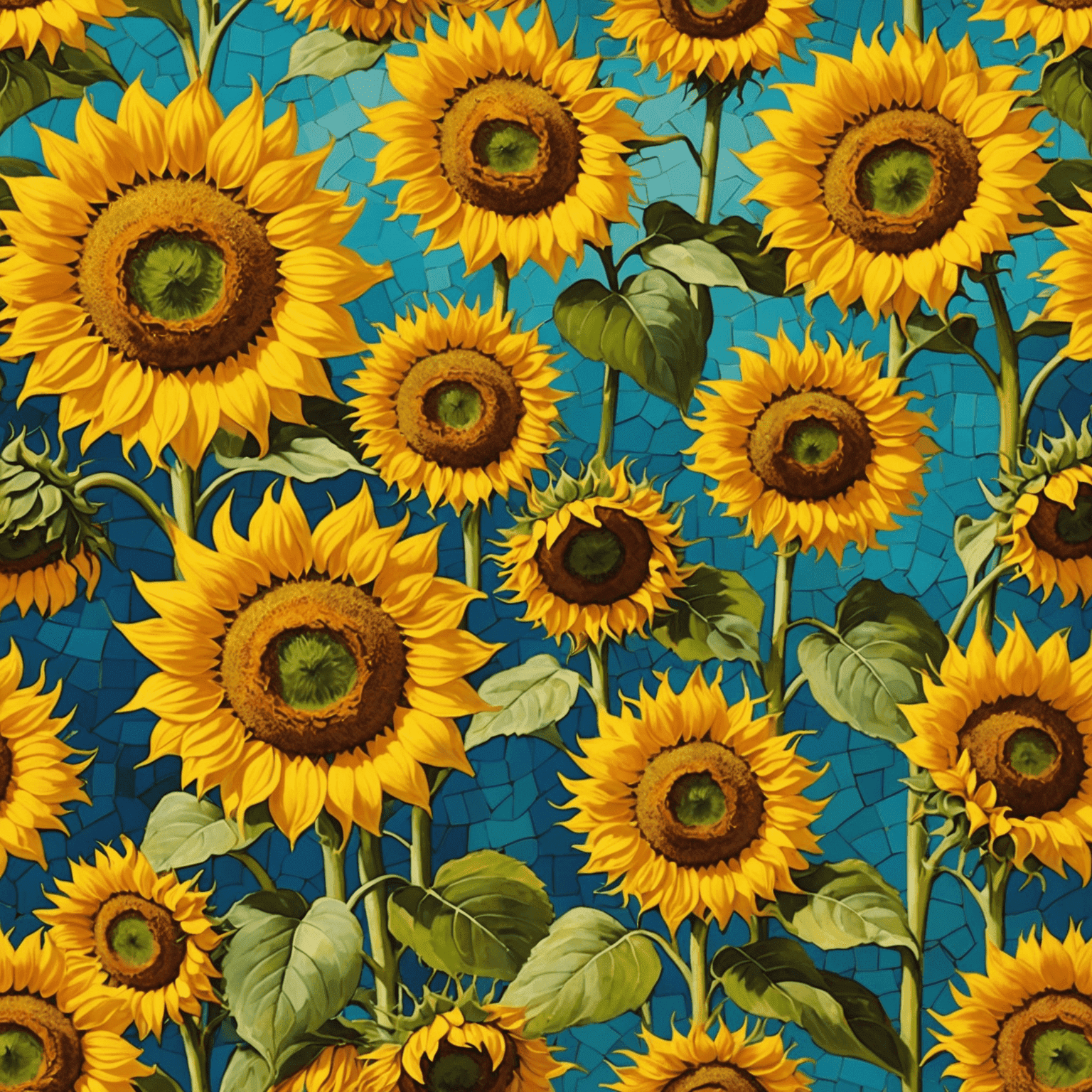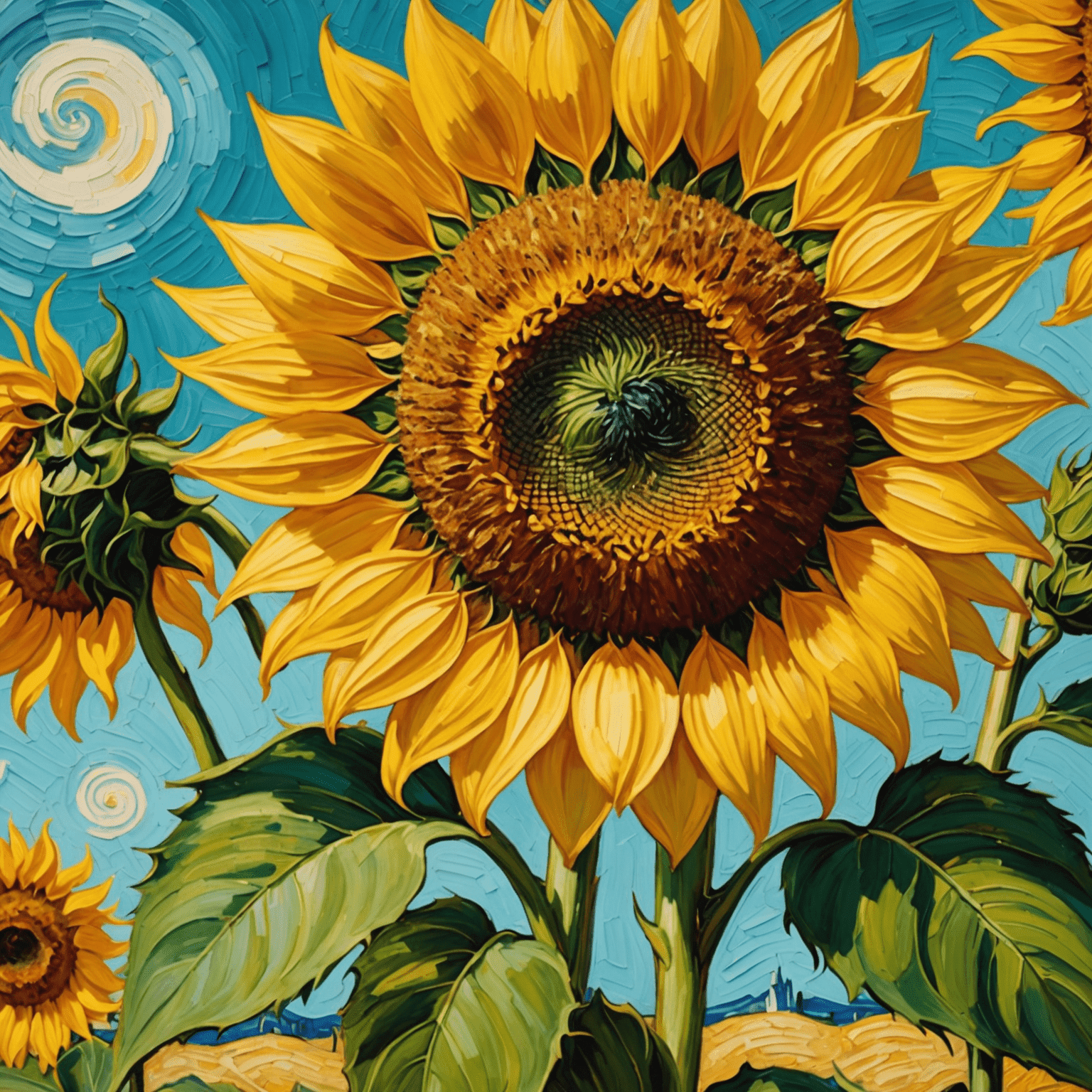The Sunflowers Series: A Closer Look

Vincent van Gogh's Sunflowers series is among his most iconic and beloved works. Painted between 1888 and 1889, these still life paintings feature vibrant yellow sunflowers in various stages of life, from full bloom to withering.
The series consists of seven paintings, each unique in composition and background color. Van Gogh painted them while living in Arles, France, where he had hoped to establish an artist community. The sunflowers were meant to decorate the guest room of fellow artist Paul Gauguin, who was planning to visit.
Symbolism in the Sunflowers
Sunflowers held a special meaning for Van Gogh. He saw them as symbols of gratitude, admiration, and friendship. The vibrant yellow color also represented the sun, which Van Gogh believed to be a source of life and energy.
In the paintings, the sunflowers are depicted in various stages of life, from full bloom to withering. This could be interpreted as a reflection on the cycle of life and the fleeting nature of beauty.
Techniques and Style
Van Gogh's Sunflowers series showcases his unique post-impressionist style, characterized by bold colors, thick brushstrokes, and an emphasis on emotion over realism. He used a technique called impasto, applying paint thickly to create texture and depth.
The backgrounds of the paintings vary, with some featuring a turquoise or blue-green color that complements the yellow of the sunflowers. Others have a more neutral background, allowing the sunflowers to take center stage.

The Sunflowers series remains a testament to Van Gogh's skill as an artist and his ability to convey emotion through his work. These paintings continue to captivate audiences around the world and have become synonymous with the artist's legacy.